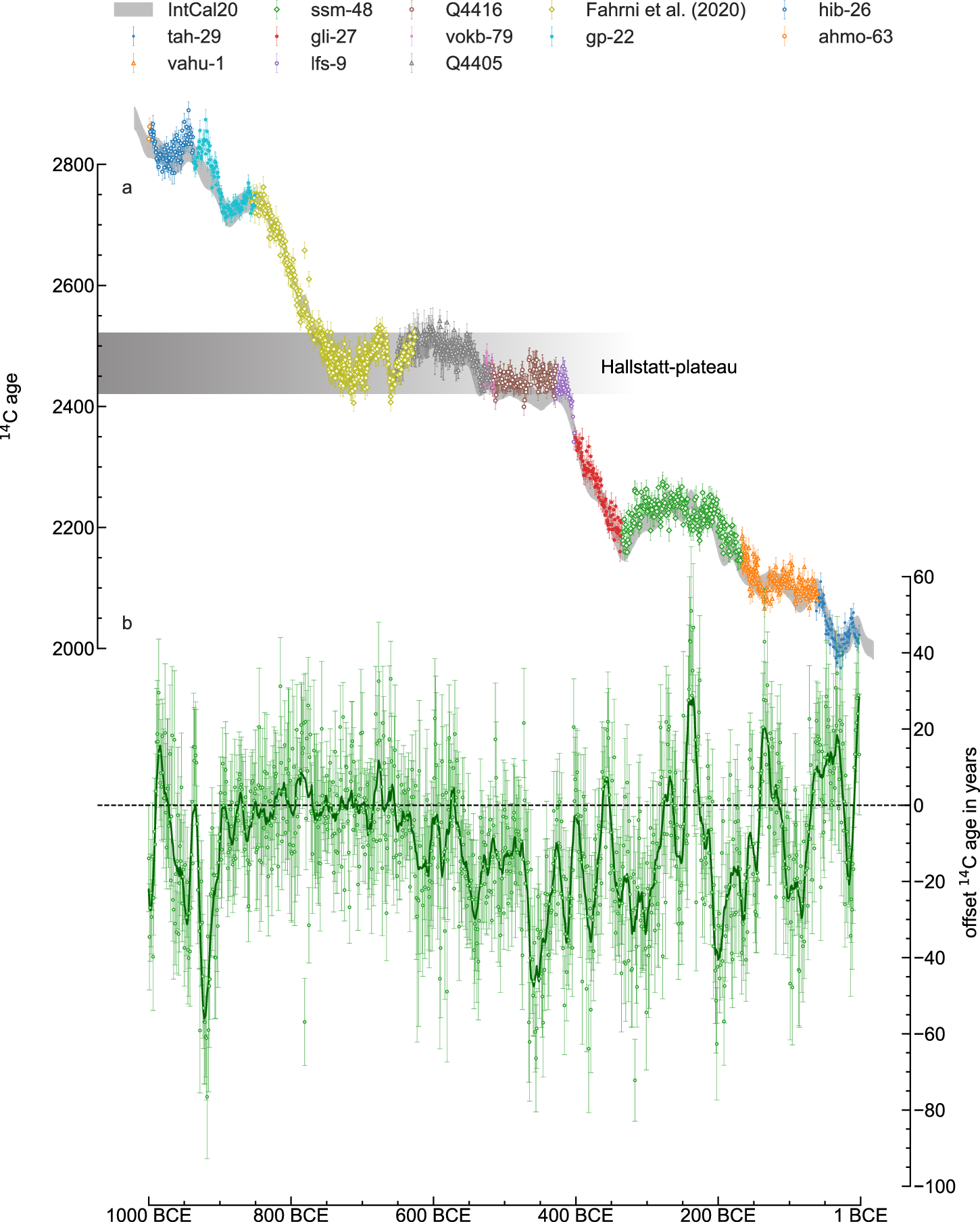2025-04-09 ラトガース大学
<関連情報>
- https://www.rutgers.edu/news/mapping-mercury-contamination-penguins-southern-ocean
- https://www.sciencedirect.com/science/article/abs/pii/S004896972405304X
南大洋ペンギンの水銀蓄積に及ぼす移動範囲と採食生態の影響 Influence of migration range and foraging ecology on mercury accumulation in Southern Ocean penguins
Philip T. Sontag, Linda V. Godfrey, William R. Fraser, Jefferson T. Hinke, John R. Reinfelder
Science of The Total Environment Available online: 15 August 2024
DOI:https://doi.org/10.1016/j.scitotenv.2024.175154
Graphical abstract

Highlights
- Anvers Island Pygoscelis penguin feather Hg, δ13C, and δ15N were measured.
- Winter foraging likely contributes to relatively higher Hg in chinstrap penguins.
- Foraging ecology (δ13C) and diet (δ15N) were used to evaluate mercury accumulation.
- δ13C was found to best explain feather Hg concentrations across the Southern Ocean.
Abstract
In order to evaluate mercury (Hg) accumulation patterns in Southern Ocean penguins, we measured Hg concentrations and carbon (δ13C) and nitrogen (δ15N) stable isotope ratios in body feathers of adult Adélie (Pygoscelis adeliae), gentoo (Pygoscelis papua), and chinstrap (Pygoscelis antarctica) penguins living near Anvers Island, West Antarctic Peninsula (WAP) collected in the 2010/2011 austral summer. With these and data from Pygoscelis and other penguin genera (Eudyptes and Aptenodytes) throughout the Southern Ocean, we modelled Hg variation using δ13C and δ15N values. Mean concentrations of Hg in feathers of Adélie (0.09 ± 0.05 μg g-1) and gentoo (0.16 ± 0.08 μg g-1) penguins from Anvers Island were among the lowest ever reported for the Southern Ocean. However, Hg concentrations in chinstrap penguins (0.80 ± 0.20 μg g-1), which undertake relatively broad longitudinal winter migrations north of expanding sea ice, were significantly higher (P < 0.001) than those in gentoo or Adélie penguins. δ13C and δ15N values for feathers from all three Anvers Island populations were also the lowest among those previously reported for Southern Ocean penguins foraging within Antarctic and subantarctic waters. These observations, along with size distributions of WAP krill, suggest foraging during non-breeding seasons as a primary contributor to higher Hg accumulation in chinstraps relative to other sympatric Pygoscelis along the WAP. δ13C values for all Southern Ocean penguin populations, alone best explained feather Hg concentrations among possible generalized linear models (GLMs) for populations grouped by either breeding site (AICc = 36.9, wi = 0.0590) or Antarctic Frontal Zone (AICc = 36.9, wi = 0.0537). Although Hg feather concentrations can vary locally by species, there was an insignificant species-level effect (wi < 0.001) across the full latitudinal range examined. Therefore, feeding ecology at breeding locations, as tracked by δ13C, control Hg accumulation in penguin populations across the Southern Ocean.



